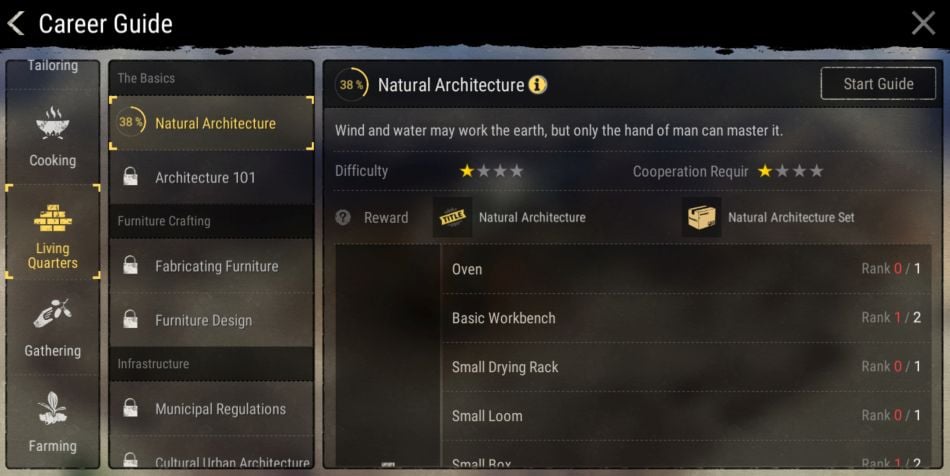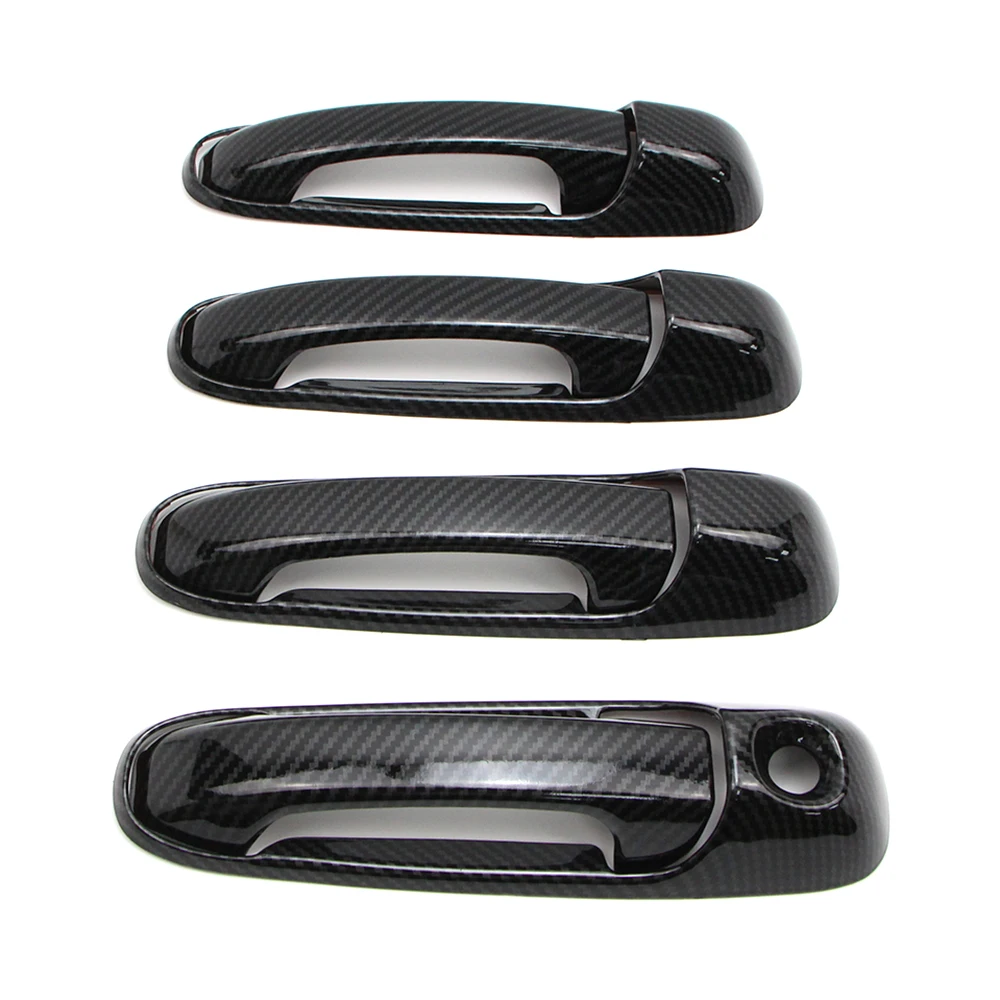
Recently, she worked with the dean of Bears Ears archaeology, William Lipe with WSU, to study cordage left from a turkey feather blanket now housed at the Edge of the Cedars State Park Museum on the eastern side of Bears Ears. “It is likely that every member of an Ancestral Pueblo community, from infants to adults, possessed one.” “As Ancestral Pueblo farming populations flourished, many thousands of feather blankets would likely have been in circulation at any one time,” said Shannon Tushingham with Washington State University. Other researchers are also focusing on the use of turkeys and their feathers. The birds live up to 10 years and can produce numerous soft, downy feathers each year. It molts twice a year, and a flock of turkeys can produce a sizable number of feathers. In her very popular YouTube video sponsored by the New Mexico Department of Cultural Affairs, Weahkee explains that turkeys are the only bird from which feathers can be taken without causing the bird to bleed. Instead, they sustainably harvested turkey feathers with a single bird able to yield 600 feathers annually. Though I love the traditional turkey dinner at Thanksgiving – for centuries, Ancestral Puebloans did not eat turkeys.

to 50 A.D., as more turkeys became domesticated, the shift began from blankets made of furry strips of rabbit hide to turkey feather blankets, using the downy portion of the small feathers, not the larger wing feathers.

Ancestral Puebloans grew and harvested corn and fed part of their crops to turkeys, which may have been confined but also stayed close to villages and water sources.ĭuring the Basketmaker II period, or 1200 B.C. The earliest evidence of turkey keeping, of turkey husbandry, seems to come from Cedar Mesa within the original boundaries of Bears Ears National Monument. Turkey burials have been found at Canyon de Chelly National Monument, Mesa Verde National Park, different sites across Bears Ears National Monument and at Champagne Spring in Canyons of the Ancients National Monument. Turkeys were kept for ritual uses and turkey carcasses and bones have been found formally interred themselves and also lain to rest atop deceased Ancient Ones.

Blanket-making was not a specialized trade.Ĭourtesy of Edge of the Cedars State Park Museum Research reveals that turkeys had special purposes in Ancestral Puebloan villages and that every family would have made their own blankets. What a labor of love, and what a way to honor the ancestors! As we study the past, in the present our respect for Ancestral Puebloans who lived in our Four Corners canyon country only grows. Her 3-by-4-foot cloak or mini-blanket took 300 feet of cordage and 17,000 turkey feathers. She spent hours making cord from narrow leaf yucca fibers and then skillfully wove soft, short, wet feathers into the tight cordage. New Mexican cultural anthropologist Mary Weahkee, who is Santa Clara Pueblo/Comanche, recently replicated one of the first turkey feather blankets crafted in the last 800 years. Research shows that not only did Ancestral Puebloans domesticate wild turkeys, but Native American women painstakingly crafted turkey feather blankets for the same reason we sleep under puffy quilts in winter and wear lightweight puffy jackets.

Ancestral Puebloans had a special relationship with turkeys, too, because it was turkey feather blankets, with loft like our modern insulated jackets, that kept the Ancient Ones warm on winter nights. I love seeing turkeys in ponderosa woods, moving slowly uphill like priests absorbed in morning prayers.Īt twilight, they are dark shapes seeking acorns and insects, always leaving their distinctive three-toed tracks. Courtesy of Martin Perea/New Mexico Division of Game & Fish


 0 kommentar(er)
0 kommentar(er)
